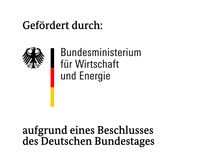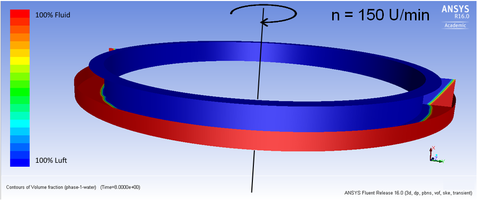Balancing
In dynamic analysis, the unbalance situation is a significant criterion for describing the system. The distribution of imbalance has a decisive effect on the vibration amplitudes and bearing forces, but it is not directly measurable. Caused by several influence parameters both numerical as well as experimental investigations are required in order to provide reliable information on the oscillation behaviour of the system. In this context, a distinction has to be made between rigid and elastic balancing. A further research aspect is the design and adaptation of automatic balancing units, which reduce the vibration amplitudes for variable unbalance conditions during operation.
Conception of processes for the balancing of rigid and elastic rotors
The source of unbalances is determined by finite manufacturing inaccuracies, which lead to a shift of the centre of gravity along the parts longitudinal axis relative to the forced axis of rotation. However, only the effects of the imbalance in the form of bearing reactions are obtainable by measurement. Various methods exist for the process of elastic and rigid balancing. In practice however, these methods are limited due to non-ideal boundary conditions (clamping process, clearance, stiffness of the mounting and assembly, etc.). At this point, model-assisted methods can help to identify and minimise the essential sources of disturbance in the process. Contact
 |
|
|
| Unbalance distribution along the longitudinal axis and substitutional unbalances in the bearing planes | Rotor with unbalance due to assembly inaccuracies |
Design of automatic balancing units (fluid balancers and ball balancers)
In the case of rotors with load or operation dependent imbalances (centrifuges, washing machines, angle grinders) the unbalance state is time variant. Such rotors would require repeated balancing processes, which are both cost- and time-intensive. In other cases the individual balancing of bulk rotors can be economically problematic (CD / DVD drives, fans). Alternatively, automatic balancing units can be used, which are capable to balance the current imbalance autarkically. In the process, freely movable additional masses are positioned in such a way, that the unknown imbalance is compensated. Such systems work either with axially symmetric rigid bodies, generally balls, or fluids and can be mounted as a modular unit or can be used in an integral design. Concrete questions arise with regard to the magnitude of the imbalance, which has to be compensated, the permissible operating speed as well as the friction in the balancer unit. Contact
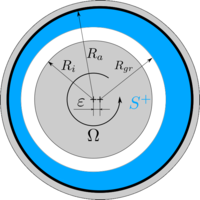 |
|
|||
| Positioning of the fluid (blue) relative to the eccentricity of the centre of gravity ε | CFD-Simulation of the phase boarder in a fluid balancer | |||
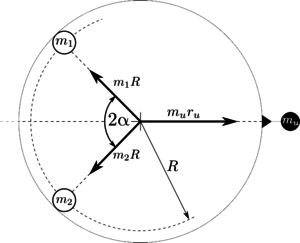 |
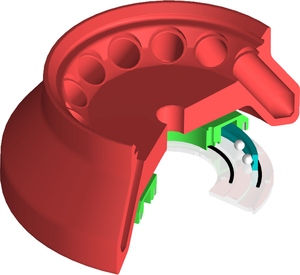 |
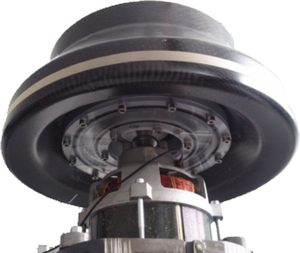 |
||
| Principle of automatic balancing with a ball balancer | Concept of an automatic balancing unit with rolling bearing elements attatched to a centrifuge rotor | Test rig with an automatic balancing unit (ball balancer) |
